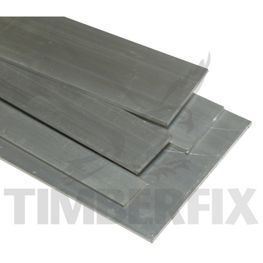Why Aluminium is the Hardware of Modern Construction
Imagine a light but strong metal. A metal that is corrosion-resistant, durable, non-toxic, and can virtually take any shape. You’re thinking of aluminium, one of the most popular materials among designers, architects and builders.
Aluminium is greatly responsible for the changing image of modern towns and cities. From the most stable entertainment centres to the glass faces of offices skyscrapers, many modern structures rely on aluminium for their beauty and functionality.
Aluminium is a versatile material with virtually unlimited potential, making it possible to create structures that can’t be produced from steel, wood or plastic.
Although it wasn’t always the case, aluminium is one of today’s most commonly used materials.

The early years of the 20th century didn’t see much aluminium being used in civil engineering. The metal was expensive and didn’t come in enough volume, leaving it practically unutilised in the first two decades of the last century.
Things took a turn when the electrolysis process cut down aluminium cost by 80%. By the 1920s, builders were using the metal for finishing roofs, drains, wall panels and for decorative purposes.
Aluminium reached new heights when it was used in the construction of the Empire State Building in New York, the world’s tallest building until 1970.
Going into the 1950s, aluminium continued to gain popularity in civil engineering, used commonly in bridges and high-rise buildings. About half a century later, builders use the metal for sidings, roofs, windows, doorframes, staircases, heating systems, solar protection, furniture and many others.
What’s So Great About Aluminium?
So many qualities make aluminium the component of choice. First is its lightness. Aluminium’s weight allows its plates to weigh half as much as steel plates but with the same stiffness. This quality is particularly useful in skyscrapers, which would otherwise be much heavier and deeper into the ground if steel was used.
Second is longevity. The service life of aluminium structures is at least 80 years. Although prone to damage during fires, aluminium becomes tougher at low temperatures. That’s why it’s used in construction in cold areas, such as Siberia and the Northern Urals.
At Timberfix, we’re proud to offer aluminium flat bars and angles as part of our construction hardware supplies. Order yours today.

